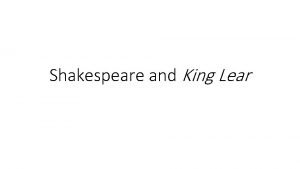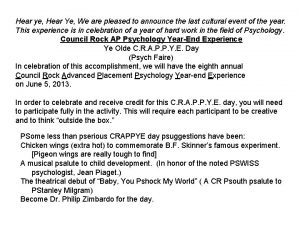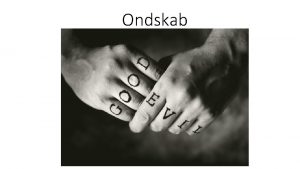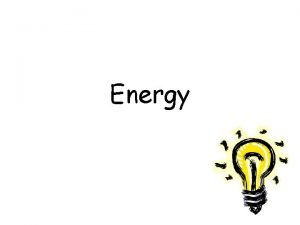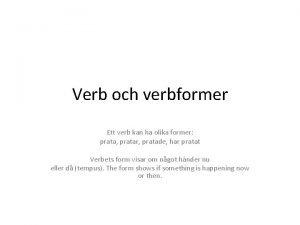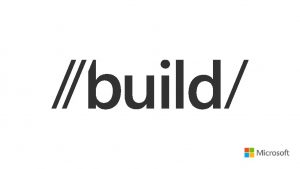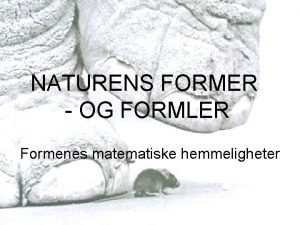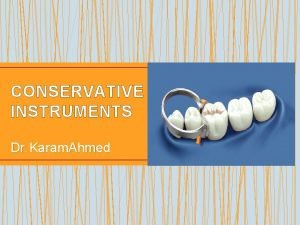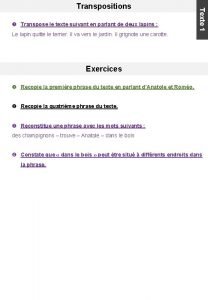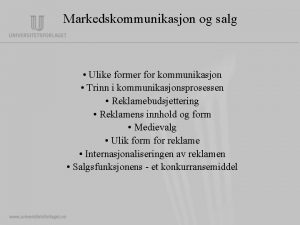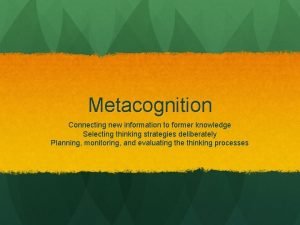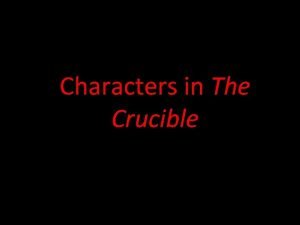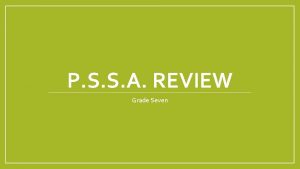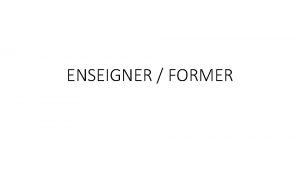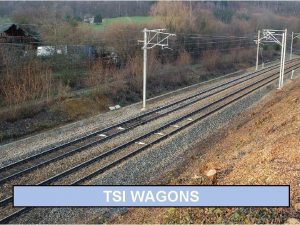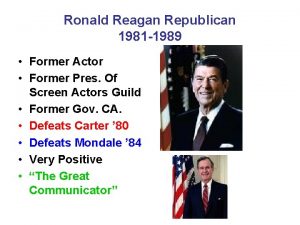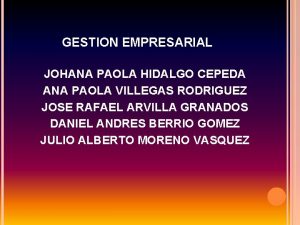Paola S Youll hear from a former student




















- Slides: 20

Paola S You’ll hear from a former student and current BLA senior, Paola S Take Cornell Notes S Left side: key takeaways S Right side: questions, reflections, connections, evaluations

Should Congress pass the DREAM Act? Structured Academic Controversy II S

Sourcing S Balancedpolitics. org

Sourcing S Author Joe Messerli

determine best arguments a) Review “Reading Like a Historian” framework: close reading. b) Partner up; assign roles c) Identify three best arguments

Structured Academic Controversy S I. Prepare your argument: S Thesis (your position and three best arguments) S Evidence S Paraphrase in your own words S Analyze using close reading: S Identify claims, evidence, reasoning S Evaluate claims, evidence, reasoning S Question claims, evidence, reasoning

Close Reading Analysis S Level 1: Identification S Level 2: Evaluation S Level 3: Questioning (and answering)

Level 1: Identification S Explain what your source is arguing and how they are arguing it. S What S Explain clearly and thoroughly what your source is saying. S Use both literal (explicit) and inferential (implicit/implied) analysis. S Explain how/why the source feels this way—a great way to do this is to ask “sourcing” questions (i. e. bias, point of view, purpose) S How S Identify evidence used to support the argument S Focus on the language and tone that the source uses to make his or her argument S Explain: Is the language chosen to make you feel a certain way? S Explain: Can you detect a tone or voice, and if so then how

Level 2: Evaluation S Form a conclusion: Is the source’s argument plausible/valid and convincing/persuasive? S Plausible/Valid S Explain: S Is the argument supported by historical fact? S Is the argument corroborated by credible outside sources? S Is the argument logical? S Convincing/persuasive S Explain: S Is there a sufficient amount (volume) of credible evidence? S Is the evidence quality, or credible (weight)? S Is the language used by the source convincing/persuasive?

Level 3: Questioning S Question the source’s argument: S S S Are there significant holes, weaknesses, or other questions that are raised by the source’s argument? S (Analyze) Attempt to explain these holes, weaknesses, or questions. S (Evaluate) Do these holes, weaknesses, or questions detract from the validity of the argument? Are there other valid arguments that your source is not addressing? S (Analyze) What are they and how do they corroborate or contradict your source’s argument? S (Evaluate) Are these other interpretations or arguments valid/convincing? Form a conclusion: S Which interpretation or argument is the most valid and convincing/persuasive, and why?

Structured academic controversy S II. Position presentation S Side A presents their position using supporting evidence and close reading analysis S Side B restates to Side A’s satisfaction. S Side B presents their position using supporting evidence and close reading analysis. S Side A restates to Side B’s satisfaction

Structured academic controversy S III. Consensus-building S Abandon roles S Build consensus regarding the question (or at least clarify where differences lie), using supporting evidence/analysis

Homework S Type a one page position statement (can be one paragraph) S Declare your personal position in the form of an argument (claim & warrant) S Introduce a source and his/her argument as evidence to support your argument. S Apply L 1, 2, 3 close reading analysis to your evidence (i. e. your source’s argument) S Make sure to connect back (through L 3 analysis) to your argument, explaining how/why your evidence (i. e. your source’s argument) supports your argument (claim & warrant)

Activator S If you haven’t finished Part III of your Structured Academic Controversy, partner up and do so. S If you have, then you and your partner can swap homework assignments and assess them using the Close Reading Leveled Analysis rubric.

Homework S Check out Cornell Notes B S Access Chapter 17, “The Progressives Respond, ” on weebly S Complete Cornell Notes B for Chapter 17 (due Wednesday)

Close Reading Analysis S Review the Close Reading Leveled Analysis rubric and the Rules of Leveled Analysis slides S Pair share: What are the rules of L 1 analysis? L 2? L 3? S Watch an exemplar and assess the presentation using the Close Reading Leveled Analysis rubric

Looking at student work S Round 1: Evidence gathering S What evidence do we see/hear? S Round 2: Analysis S Where do we place this evidence? S Round 3: Evaluation S Based on this evidence and analysis, where on the rubric to we place this work?

Evidence and analysis L 1 Interpretation L 2 Evaluation L 3 Questioning

Activator/Assessment S Take out and assess your one-page position statement using the Close Reading Leveled Analysis rubric. S Justify your grade by… S Locating specific evidence from your writing that fulfils the criteria and the questions from your rubric. S Analyze: explain how the evidence you located supports your claim (the grade you believe you earned)

Step 4: Unit III reflection a) Return to your four corners square. Reread your initial position statement. b) Where do you stand on the issue now? Mark your present position along the spectrum. c) In the middle of the square, write: what evidence has influenced your argument by either clarifying, validating, or changing your thinking?
 I heard myself proclaimed
I heard myself proclaimed Hear ye, hear ye announcement examples
Hear ye, hear ye announcement examples He who has ears, let him hear he who has eyes let him see
He who has ears, let him hear he who has eyes let him see Former for ondskab
Former for ondskab Missy diwater the former platform
Missy diwater the former platform Verb i olika former
Verb i olika former Xamarin cofounder miguel
Xamarin cofounder miguel Manipulation of inlay wax
Manipulation of inlay wax Triple bevel instrument
Triple bevel instrument Tourism law thailand
Tourism law thailand Matematiske former
Matematiske former Conservative dentistry instruments
Conservative dentistry instruments Cartable a roulettes
Cartable a roulettes Missy diwater the former platform diver
Missy diwater the former platform diver Isaiah 42 9
Isaiah 42 9 Effekthierarki
Effekthierarki Lek med geometriska former
Lek med geometriska former Former situation
Former situation Former knowledge
Former knowledge Sent her daughter to conjure spirits
Sent her daughter to conjure spirits Which sentence uses commas correctly the former astronaut
Which sentence uses commas correctly the former astronaut
